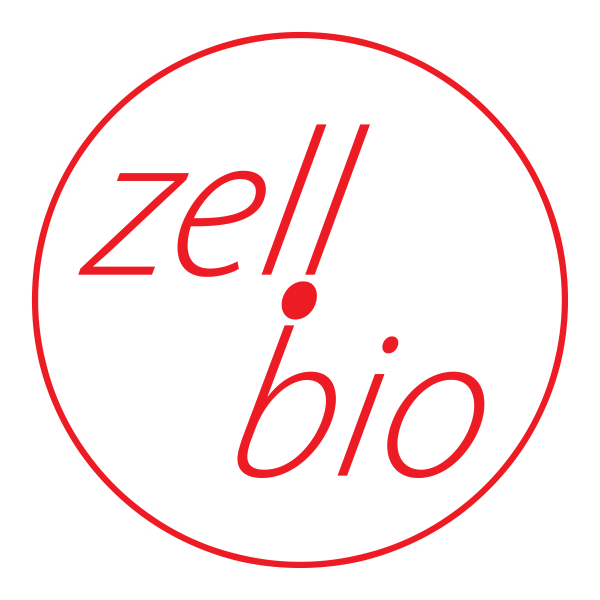At GoldBio, we just love it when we can find two products whichcan be used in conjunction. It’s even better when we have both of thoseproducts available for your research! As we continue delve deeper into thepotential applications of our new line of Growth Factors, we are constantlyamazed at the ingenuity and the creativity of scientists.
There are literally thousands of papers detailing the use ofvarious growth factors to induce genes. Quezada, etal. recently used TGF-β to regulate the Smad7 proteins. IGF-1,EGF and VEGF are all popularly known inducers that have been heavily cited inliterature, whether in relation to cancer research, stem cell research, cellapoptosis or hormone studies. The fibroblast family is equally cited across awide spectrum of research interests and gene/protein study.
But when a scientist wants to see the fruits of their researchclearly and quickly, they often turn to some kind of luciferase reporter assay.And why wouldn’t they? Bioluminescent Imaging (BLI) is one of the simplest androbust systems we have for detection of gene injunction or regulation. It’sversatile enough to use both in vitro as well as in vivo in a wide variety of animalmodels. So it’s a natural progression to want to put these two systemstogether!
The Gambhir lab first reported using the NF-κB promoter inconjunction with firefly luciferase several years ago (Ray 2002 and Paulmurugan2002). The great value of using NF-κB is that it known to be inducible by theTumor Necrosis Factor-alpha (TNF-α) growth factor. Ray set out to provide an Inducible Yeast Two-Hybrid (IYTH) systemwhich would allow for a visible reporter of the interaction of two proteins.They showed that it was possible to see the inducement of the luc-gene, via NF-κB, both in cells as well as in vivo mice with the addition ofluciferin and TNF-α even after 24 hours. Cell cultures induced with TNF-α hadapproximately 4 fold higher BLI than in non-induced cultures. Paulmurugancarried it forward, utilizing the strong interaction of Myod and ID proteins toshow the signal amplification, gene delivery and expression in vivo in a split luciferase reportersystem. Myod is normally expressed in the skeletal muscle and is a myogenicregulatory protein. The ID protein is a negative regulator of myogenicdifferentiation and can associate with the Myod protein. TNF-α is a pleiotropicgrowth factor secreted by macrophages which can induce a variety ofcell-specific events and causes tumor necrosis invivo when injected into tumor bearing mice (Boland 1998).
Gold Bio continues to provide the best and cost efficientreagents for your research. Recently we added several human and mouse TNF-α growth factors. Wealways provide one of the lowest cost, proven and cited sources of d-Luciferin around.For more information on our new growth factors or any of our other products,you can email us at techsupport@goldbio.com!
Quezada, Marisol, et al. “Smad7 is a transforming growthfactor-beta–inducible mediator of apoptosis in granulosa cells.” Fertilityand sterility 97.6 (2012): 1452-1459.
Fukuda, Ryo, et al. “Insulin-like growth factor 1 induceshypoxia-inducible factor 1-mediated vascular endothelial growth factorexpression, which is dependent on MAP kinase and phosphatidylinositol 3-kinasesignaling in colon cancer cells.” Journal of Biological Chemistry 277.41(2002): 38205-38211.
Zheng, Shizhong, and Anping Chen. “Disruption oftransforming growth factor-β signaling by curcumin induces gene expression ofperoxisome proliferator-activated receptor-γ in rat hepatic stellatecells.” American Journal of Physiology-Gastrointestinal and Liver Physiology292.1 (2007): G113-G123.
Paulmurugan, R., Y. Umezawa, and S. S. Gambhir.”Noninvasive imaging of protein–protein interactions in living subjects byusing reporter protein complementation and reconstitution strategies.”Proceedings of the National Academy of Sciences 99.24 (2002): 15608-15613.
Ray, P., et al. “Noninvasive quantitative imaging ofprotein–protein interactions in living subjects.” Proceedings of theNational Academy of Sciences 99.5 (2002): 3105-3110.
Boland, Marion P., and Luke AJ O’Neill. “Ceramide activatesNFκB by inducing the processing of p105.” Journal of Biological Chemistry273.25 (1998): 15494-15500.
Category Code: 79101
